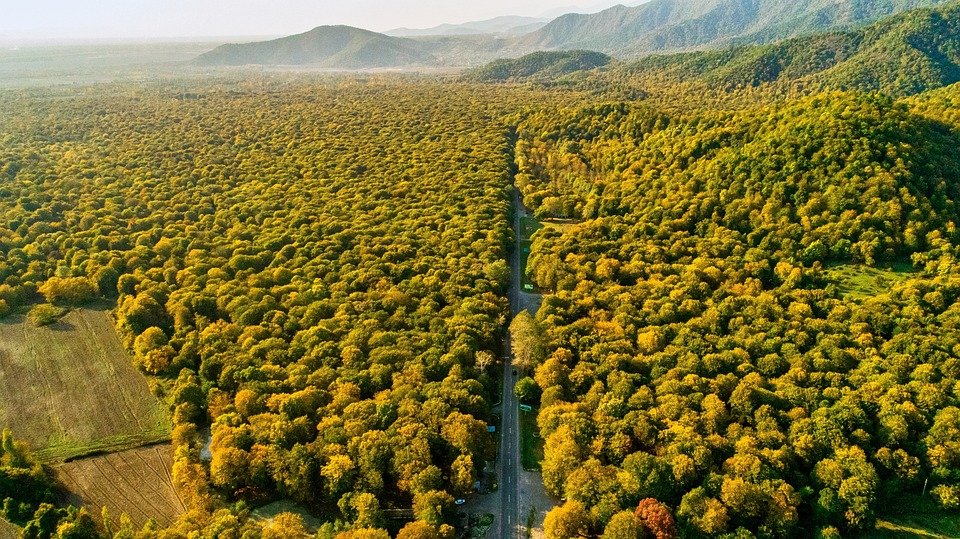Taking Flight: The Growing Popularity of Recreational and Hobby Drones
Drones, once used primarily for military purposes, have recently exploded in popularity as a recreational and hobbyist item. The market for consumer drones has been growing rapidly in recent years, and it shows no signs of slowing down. From aerial photography to racing, people are finding more and more creative ways to use these high-flying gadgets. Let’s take a closer look at the growing popularity of recreational and hobby drones.
One of the main reasons for the rise in drone usage among hobbyists is the increasing accessibility and affordability of these devices. With the advancement of technology, drones have become more user-friendly and affordable, making them accessible to a wider range of people. Many drones now come equipped with high-quality cameras, making them an appealing choice for amateur photographers and videographers.
Aerial photography and videography have become increasingly popular among drone enthusiasts. Drones can capture stunning aerial views that were once only possible with expensive professional equipment. This has opened up new opportunities for photographers and filmmakers to capture unique and breathtaking perspectives that were previously out of reach.
In addition to photography, drones have also become popular for recreational purposes such as racing and acrobatics. Drone racing has emerged as a competitive sport, with enthusiasts building and customizing their own drones for speed and agility. Drone acrobatics are also a growing trend, with pilots performing impressive stunts and maneuvers in the sky.
Furthermore, drones are being used for various educational and scientific purposes, as well as for conservation efforts. For example, researchers use drones to study wildlife and monitor environmental changes, while educators are using drones to teach students about science, technology, engineering, and math (STEM) concepts.
The rise in drone usage has not been without its challenges, however. As the number of drones in the sky increases, so do concerns about safety and privacy. This has led to the introduction of regulations and guidelines for the use of drones in public spaces, including restrictions on flying near airports and over private property.
Despite these challenges, the popularity of recreational and hobby drones continues to grow. As technology advances and new features are introduced, drones are likely to become even more versatile and appealing to a wider range of enthusiasts.
In conclusion, drones have become a popular and versatile tool for recreational and hobby use. With their accessibility and affordability, as well as their wide range of uses, it’s no surprise that they have captured the imagination of hobbyists and enthusiasts around the world. As the market continues to evolve, it will be interesting to see how drones continue to shape the world of hobbies and recreation.
